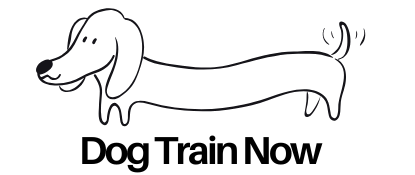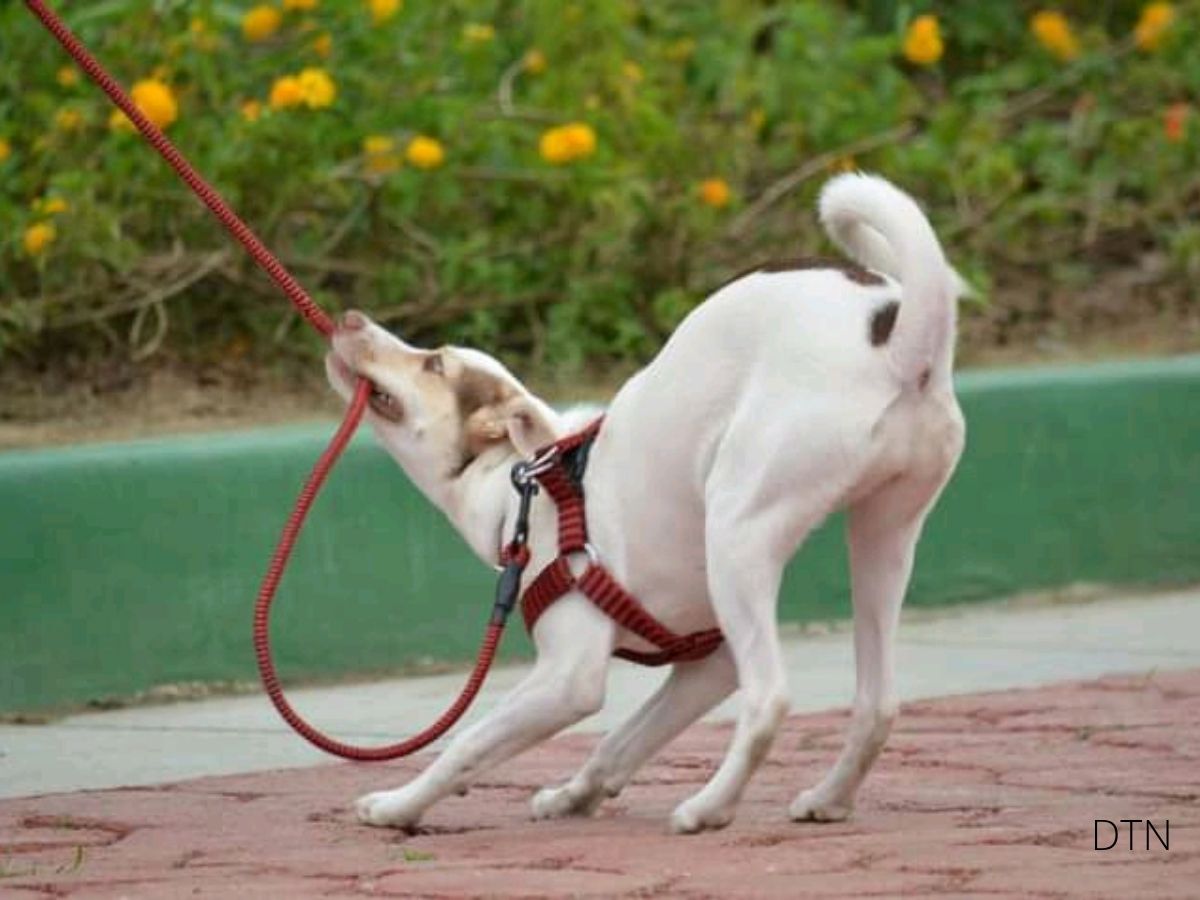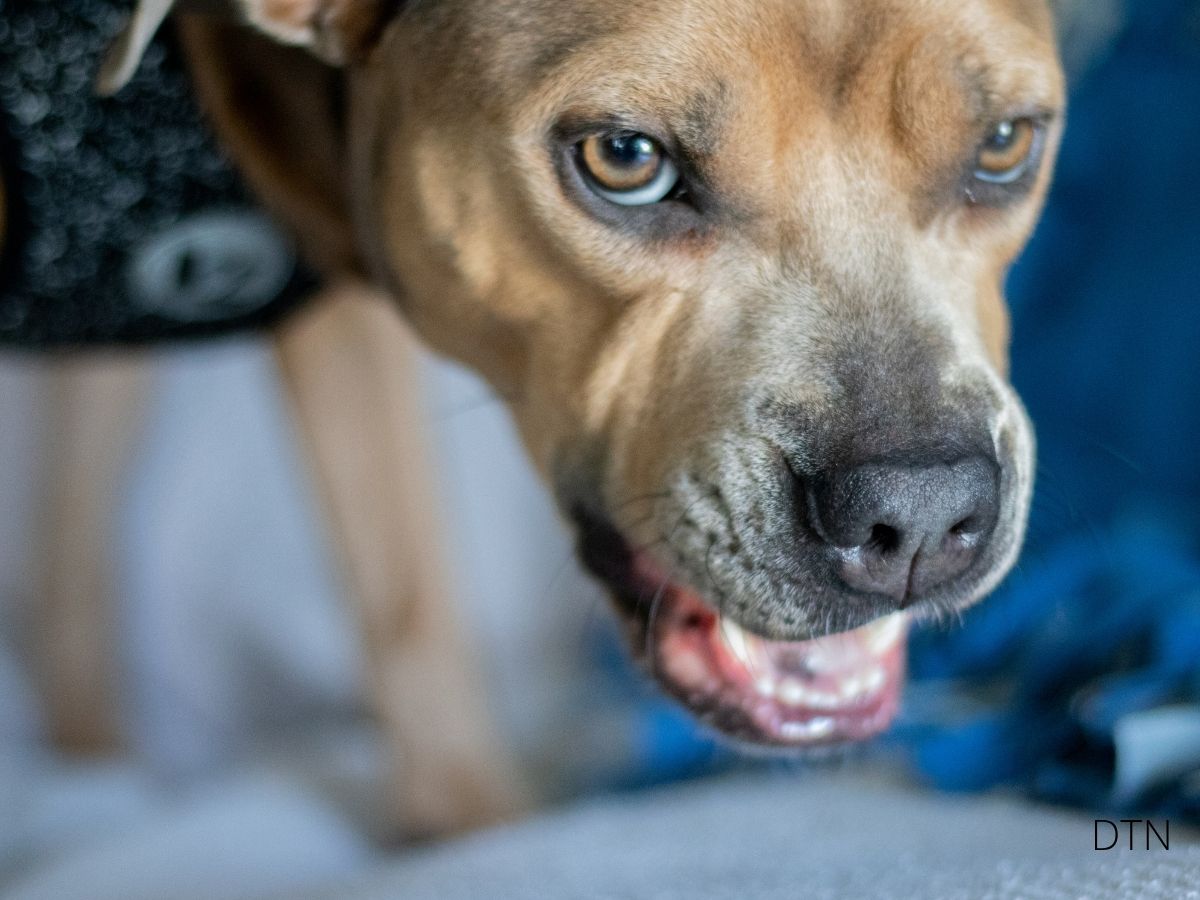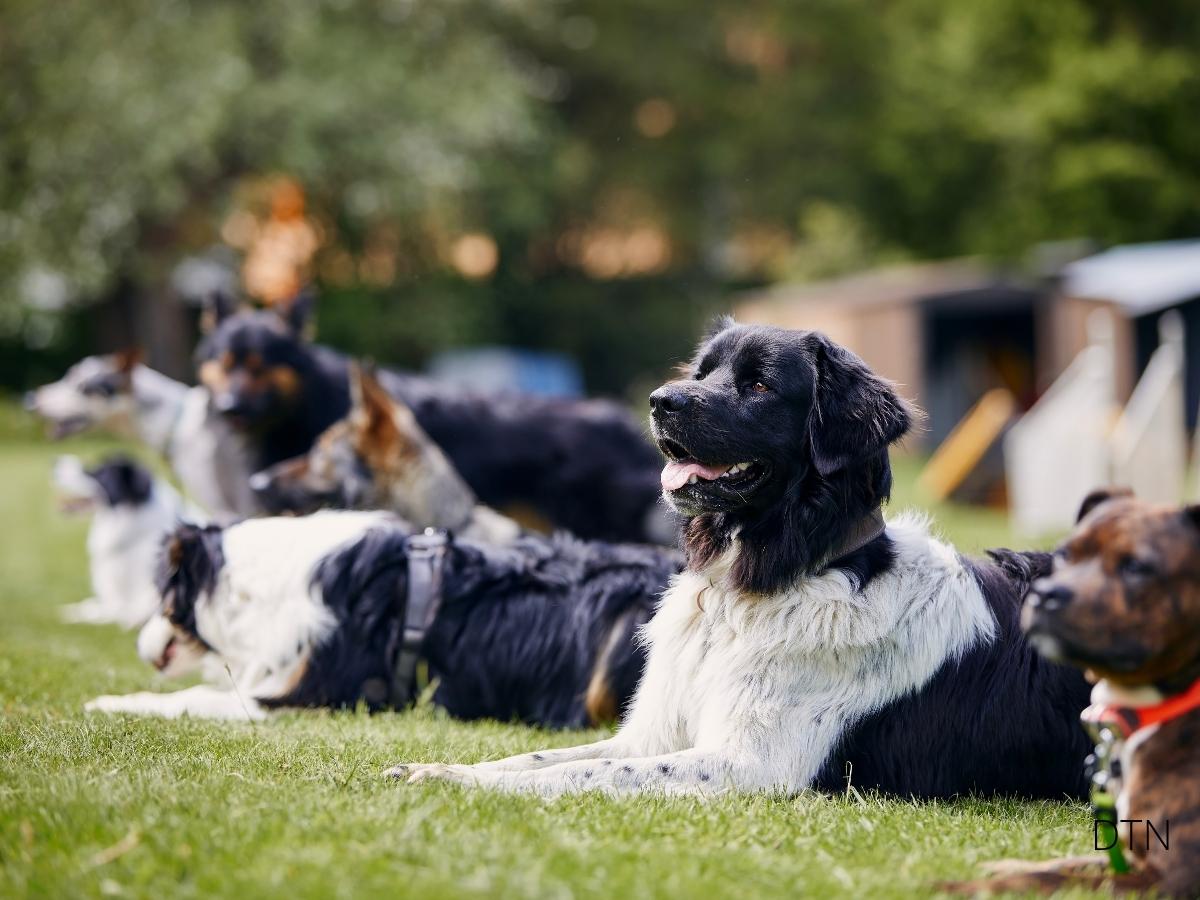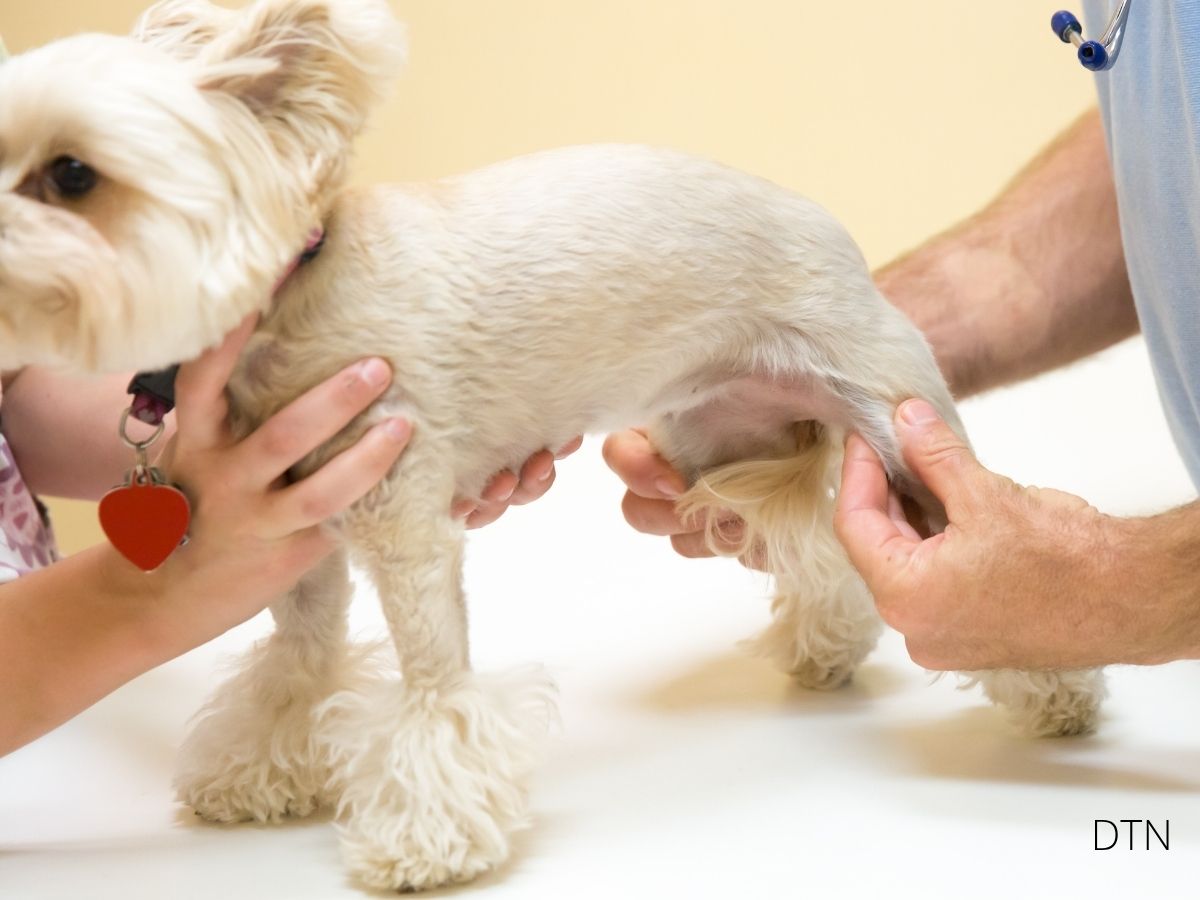Have you ever noticed your dog suddenly scratching when meeting someone new, or yawning repeatedly during training? These seemingly random behaviors are actually your furry friend’s sophisticated way of saying, “I’m feeling conflicted right now.” Let us guide you through understanding displacement behaviors—those subtle signals that reveal what’s happening in your dog’s emotional world.
What Are Displacement Behaviors?
Displacement behaviors are actions that seem out of context—like intense sniffing when there’s nothing interesting to smell, or lip-licking when food isn’t nearby. These behaviors emerge when your dog experiences conflicting emotions that can’t be resolved through direct action. Think of them as your dog’s pressure release valve for internal tension.
Common displacement behaviors include:
- Excessive yawning (when not tired)
- Sudden scratching or grooming
- Intense ground sniffing
- Repeated lip-licking or nose-licking
- Head turning away
- “Shake offs” (as if wet when dry)
These differ from normal self-maintenance because of their timing and context. Your dog might yawn repeatedly during a tense greeting or become fascinated with the ground when asked to perform a challenging command. It’s not defiance—it’s communication.
From an evolutionary perspective, these behaviors are found across all mammals. Just as humans might fidget during stressful conversations, dogs have developed these outlets for managing tension. What makes dogs unique is how they’ve adapted these signals to communicate with us, their human companions. 🐾
The Science Behind the Signals
When your dog shows displacement behaviors, their stress response system—the hypothalamic-pituitary-adrenal (HPA) axis—activates, releasing cortisol. But here’s the fascinating part: these behaviors aren’t just symptoms of stress; they’re regulatory mechanisms. By engaging in displacement activities, your dog is essentially preventing emotional overload.
Three key neurotransmitters orchestrate this process:
- Serotonin regulates emotional responses and impulse control
- Dopamine influences responses to conflicting desires
- Oxytocin modulates social behaviors and stress responses
These chemicals work together, creating each dog’s unique behavioral fingerprint. When your dog wants to approach but also wants to retreat, these competing drives create internal conflict, and displacement behaviors emerge as the coping strategy.
Reading the Context: When These Behaviors Appear
Social Uncertainty
Dogs show more displacement behaviors when meeting unfamiliar dogs than when greeting known humans. Interestingly, neutral situations often trigger more of these behaviors than obviously threatening ones. Your dog might yawn more when unsure if another dog wants to play than when that dog clearly signals “stay away.”
This tells us something profound: displacement behaviors are less about managing clear threats and more about navigating uncertainty.
Training Challenges
During training, displacement behaviors often emerge predictably. When you ask for something difficult, you might see sudden ground-sniffing. When a visible reward is denied, lip-licking increases. These aren’t signs of stubbornness—they indicate your dog is experiencing conflict between wanting to comply and finding the task challenging.
Environmental Stressors
Novel environments particularly trigger displacement activities. Research shows shelter dogs housed alone display the highest frequencies of these behaviors, while those with companions show significantly fewer. Your dog might show increased displacement behaviors during first visits to new places, changes in routine, or introduction of new family members.
Individual Differences Matter
Age-Related Patterns
Puppies display scattered displacement behaviors that look like redirected play—they might cycle quickly through yawning, scratching, and sniffing as their coping strategies are still developing.
Adult dogs show more predictable patterns, often developing signature displacement behaviors specific to certain contexts.
Senior dogs may show increased displacement behaviors due to cognitive changes or sensory decline, though their experience might mean they’ve developed highly effective coping strategies. 🧠
The Resilience Factor
Displacement behaviors serve as markers of resilience versus vulnerability. A dog showing brief, moderate displacement behaviors that help them navigate challenges demonstrates good coping skills. Excessive, prolonged displacement activities might indicate a dog struggling to manage their internal state effectively.
To err is human — to forgive, canine.
– Unknown

Practical Applications for Dog Owners
Recognizing Early Signals
Learning to spot displacement behaviors transforms your ability to support your dog. Instead of waiting for obvious stress signs like trembling, you can recognize these early warnings and adjust accordingly.
When you see sudden sniffing during training, ask yourself: “Is this too challenging? Do we need a break?” This isn’t “giving in”—it’s acknowledging your dog’s emotional state and building trust.
Training Approaches That Work
Rather than suppressing these behaviors, address the underlying emotions:
- Provide predictability through clear routines
- Offer choice when possible, allowing your dog to influence outcomes
- Build confidence gradually by breaking tasks into manageable steps
- Create safe spaces where your dog can retreat
- Use positive interruption to redirect before behaviors escalate
When displacement behaviors appear during training, make the task easier or take a break. You’re not failing—you’re responding intelligently to your dog’s communication.
Environmental Modifications
If your dog shows excessive displacement behaviors in certain areas, consider what creates uncertainty there. Simple changes can help:
- Visual barriers in overwhelming spaces
- Predictable pathways through your home
- “Safe zones” where your dog won’t be disturbed
- Comfortable resting spots with good vantage points
The Power of Social Support
Dogs housed with companions show dramatically reduced displacement behaviors. While not every dog needs a canine sibling, considering your dog’s social needs—through regular positive interactions with compatible dogs or quality family time—provides support that reduces overall stress.
Building a Displacement-Aware Relationship
Daily Life Applications
Incorporating this awareness doesn’t mean constantly analyzing every behavior. During walks, you might notice intense sniffing when approaching a house with a reactive dog. Instead of hurrying along, recognize this as stress management and allow this coping strategy.
At the dog park, repeated yawning while being sniffed by an enthusiastic puppy isn’t tiredness but mild social stress. Creating space by calling for a water break shows you understand and respond to their needs.
Creating Long-Term Change
As you become fluent in reading these signals, you’ll notice patterns revealing your dog’s emotional development. Behaviors that once appeared during all new encounters might now only emerge with specific triggers. These changes reflect growing confidence and improved coping skills.
This awareness also helps recognize when something isn’t right. Sudden increases in familiar situations might indicate pain or illness requiring veterinary attention.
The Bigger Picture
These behaviors represent evolutionary wisdom—sophisticated strategies for managing complex challenges without resorting to fight or flight. When your dog engages in displacement behaviors, they’re demonstrating emotional intelligence, choosing a middle path that maintains social harmony while managing internal tension.
Perhaps most remarkably, dogs have adapted these ancient mechanisms to communicate with us. The patterns your dog shows are often calibrated to your specific relationship, representing a profound achievement: two species developing a shared language of subtle signals and responses.
Moving Forward Together
Understanding displacement behaviors fundamentally changes how we see our dogs. That repetitive yawning isn’t disrespect—it’s communication. The sudden grooming during greetings isn’t random—it’s regulation.
Your next steps:
- Start observing your dog’s unique patterns
- Practice watching without immediately intervening
- Respond to early signals before escalation
- Celebrate successful communication moments
Remember, every dog speaks this language slightly differently. Your job isn’t to eliminate these behaviors but to understand what your particular dog is saying. In doing so, you’re participating in a conversation that’s been happening for thousands of years—one quiet signal at a time.
Did you know that understanding these subtle behaviors could transform your relationship with your dog? Next time you see that telltale yawn or sudden scratch, you’ll know exactly what your furry friend is trying to tell you. And that understanding? That’s where the magic of the human-canine bond truly lives. 🐾
